Have you ever seen an image that absolutely takes your breath away? One that is so full of color and detail, that you know it just can’t be real? When I had the opportunity to sit in on Dave Black’s presentation on Lightpainting at Photoshop World Las Vegas 2011, that’s the reaction I had to his photographs. Can you believe the lightpainting images you see in this article are done completely in-camera? I was blown away by what can be accomplished with a few lights and a long exposure.
“If you want a photograph to really look interesting, you should only light part of it.” —Dave Black

This technique is called Lightpainting and we’ll dig a little deeper into what it’s all about in just a few minutes. But first, let’s get to know the artist behind the camera.
 Dave Black was an avid athlete growing up with little interest in becoming a photographer. Although he had taken very few photography classes, he had a high school photography teacher that saw something in his photographs and encouraged him to keep learning and developing his skills.
Dave Black was an avid athlete growing up with little interest in becoming a photographer. Although he had taken very few photography classes, he had a high school photography teacher that saw something in his photographs and encouraged him to keep learning and developing his skills.
I think Mr. Bob White recognized that I had an eye for composition (no doubt thanks to my double major of Commercial Graphics Design and Studio Drawing…I had thoughts of becoming an Illustrator), and that I could anticipate and then capture the ‘moment’ whether it was an action moment or a subtle gesture by the subject.
It wasn’t until he was a gymnastics coach years later when an opportunity came to him to jump into the world of photography with both feet. It was a phone call from his brother that changed everything.
After speaking to my brother about applying for the US Gymnastics Team Photographer’s job I still did not think of myself as a photographer, but rather a gymnast (the sport I grew up in and competed in from a young age through college competition and coaching) who was going to photograph the sport I loved and friends who were in it.

It’s Dave’s knowledge of the sport that allowed him to capture photographs no one else could, that catapulted his success as a photographer. His photos were different. He knew the sport inside and out. He knew where the athletes would be and how they competed. He has a saying, “It doesn’t matter what kind of photography you shoot, know your subject.” Stellar advice for anyone starting out in photography.
Dave said something in his presentation that really stood out to me and touched my heart. “If you’re good at something, and you really enjoy doing it, then you need to draw a line in the sand, cross it, and never look back.” That’s what he did, and he didn’t have any doubts that what he was doing was the right decision.

During my life there have been key moments of decision making, ‘turning points’ where my course changed in a new direction that I did not expect or plan for. Stepping across the line from coaching and into photography was huge. Everyone calls it something different…some call it fate, some call it coincidence, some call it divine intervention. Whatever you recognize it as being it is deep down inside you. I did not have a passion to be a photographer on the day I accepted the photography job, after all, I was happy coaching gymnastics, but I knew this was my calling, as if it was a direction that had been arranged for me before I was born. And I was completely calm about it.

Dave has gone on to do extraordinary things with his talent as a photographer. His work has appeared in a variety of magazines, such as Sports Illustrated, Time, Newsweek, ESPN, Parade, and The Wall Street Journal. And with publishers such as Simon & Schuster, Bantam Double Day, Pindor Press, Hyperion, Scribner, and Broadway. Television shows on ABC Sports, CBS Sports, E! Entertainment, NBC Sports, and the award winning ESPN Classics also use Dave’s work. Some of his clients include Chevy, McDonalds, Reebok, Hallmark, Coca Cola, Xerox, Nikon, Visa, Johnson & Johnson, Nikon, Kodak, NFL Properties, and The United States Olympic Committee.
Dave is a regular staff member and featured speaker with several workshops including Rich Clarkson’s Sports Photography Workshop with Sports Illustrated, Photography at the Summit with National Geographic, the Digital Summit with Nikon, Nikon’s Churchill Downs Photojournalism Seminars, Sports Shooter Workshop, Nikon College Series, and a variety of lectures and workshops at various colleges and universities. Dave has also been a featured speaker at Photokina.
We count ourselves very lucky to be able to feature him and his photos in the premier issue of our magazine. Now, I know you all are wondering how he captures such magnificent light in his Lightpainting photos. We asked him a few questions about his technique:
What is Lightpainting?
Lightpainting is photography at its most basic form. The word photography in the Greek means ‘light writing.’ Simply said, Lightpainting is the revealing of the subject from darkness with light. In general, Lightpaintings make use of long exposure times like 1 second, 10 seconds, 30 seconds, 2 minutes, or more. During the long exposure a mobile light source (ex: penlight, flashlight, or spotlight) is used to illuminate the subject and various elements of the scene. ‘If you want a picture to look interesting, only light part of it.’
This is a rule I tend to follow with all my lit images, whether I use Strobes, Speedlights, or Lightpainting. By highlighting a few key sections, or objects, or ‘supporting characters,’ as I call them, within the scene, the end result is a stylized image with a beautiful painterly quality.

How do you control the light in a scene?
The closer the light source is to the subject, the brighter the subject becomes. Also said, the longer I spend illuminating my subject the brighter the subject becomes. Too much light or too much time spent applying light can overexpose portions of the image.
It might take you twenty attempts to get one Lightpainting you really like. The LCD screen on the back of the camera is going to help you determine how much light to apply and where to apply it.
What is the best exposure for lightpainting?
While there is no perfect formula, I have found it easiest to have students begin with a baseline exposure of ISO 400, 30 seconds at f8 and use a hand-sized LED flashlight. A good starting point is ISO 400, which is a noiseless ISO setting in most cameras.
Does the room need to be completely dark for lightpainting to be successful?
No, but you need to make a ‘Blank Image’ first. Basically, all you really need is a very underexposed image that allows enough time to Lightpaint the subject. For example, if the room you are working in allows you to make an exposure of ISO 200, 30 seconds at f8 and the image that appears on the camera’s LCD screen looks so dark that you can’t see the subject, that is a blank image.
Can this technique be applied to portraits?
The key ingredient to a successful Lightpainting of the human subject is the subject’s ability to hold still for the long exposure time. Any movement by your subject while being Lightpainted will result in a blurred image. Having them sitting or leaning against a solid stationary object is very helpful, and increases the success rate of each Lightpainting.

Will this technique work outdoors with landscape shots?
With outdoor subjects I make use of the available ambient light in the sky as my background while Lightpainting the subject and foreground. This concept can be a real challenge so I suggest starting small before attempting a large-scale landscape. ‘Twilight’ Lightpaintings usually begin after the sun has set below the horizon. Often times I will make my blank image 15-30 minutes after sunset. This allows me to achieve a long enough exposure time to reveal my subject from silhouette with Lightpainting.

Why lightpaint? Why not use studio lighting equipment?
There is something about the way Lightpainting feathers the light onto the subject and makes it distinctively different from a studio flashed image. By moving the light source continually (swirling and brushing) during the exposure I can wrap light around my subject. I can create pockets of light and soft transitional edges in places that other lighting systems cannot. The look is very stylized and unique, and produces a one-of-a-kind image.
What do I need to get started?
Equipment: DSLR Camera, Tripod, Digital Cable Release, LED flashlight, your choice of lens depending on the subject you’re shooting.
Settings: Manual Focus, Long Exposure Noise Reduction Mode ON

I’m ready to get out there and start lightpainting, where can I learn more?
For more information on Lightpainting techniques and equipment, visit Dave’s “Workshop at the Ranch” series on Lightpainting.
We want to thank Dave for taking the time out of his busy schedule to share his passion for photography with us. He is truly an inspiration.


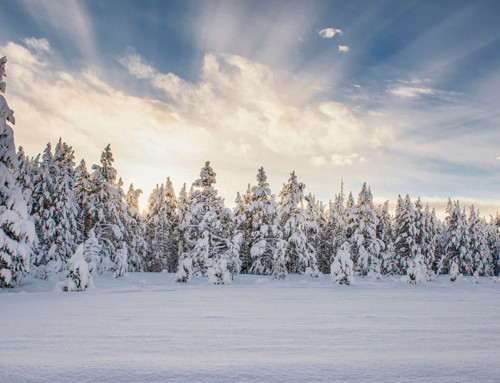
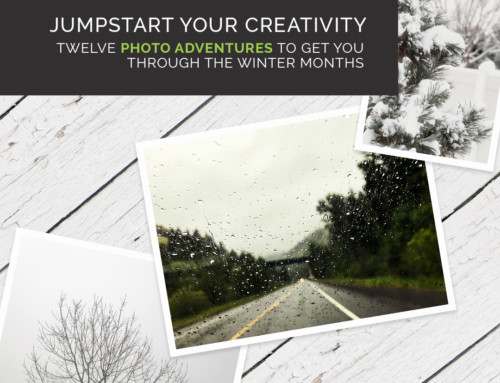
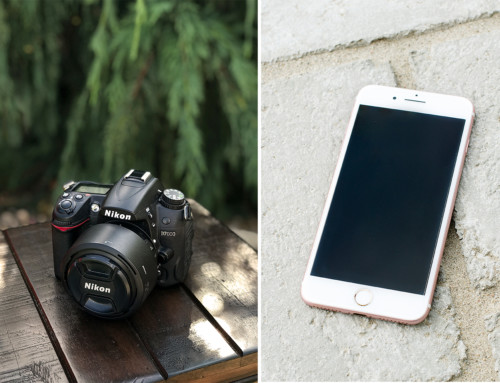
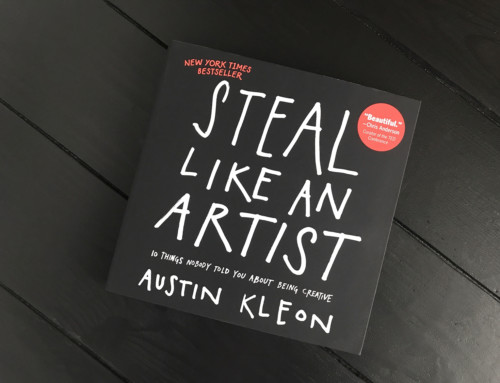
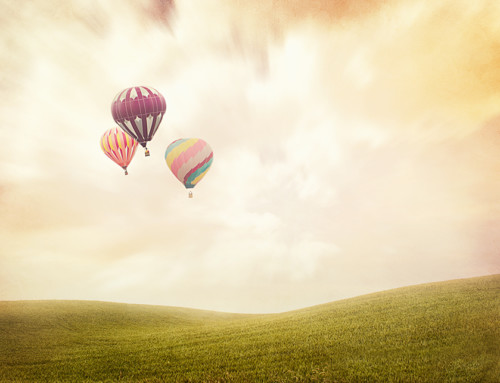
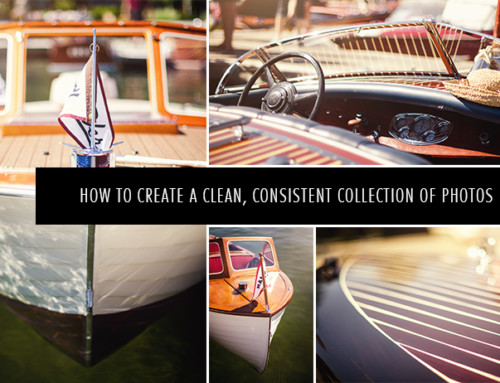
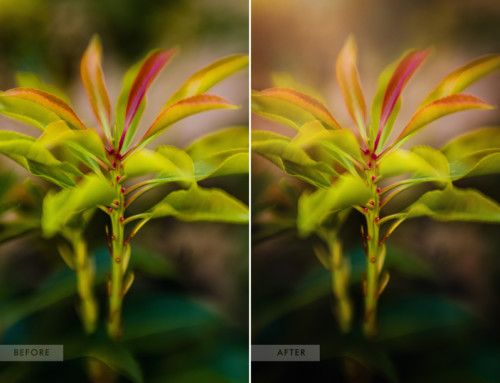
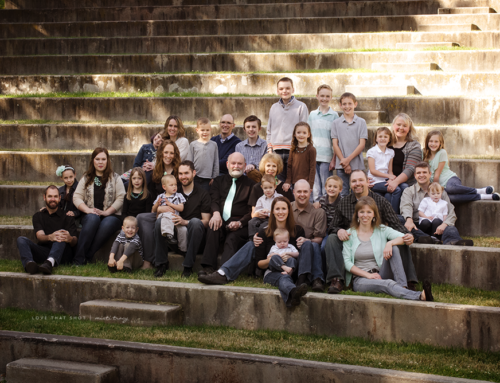
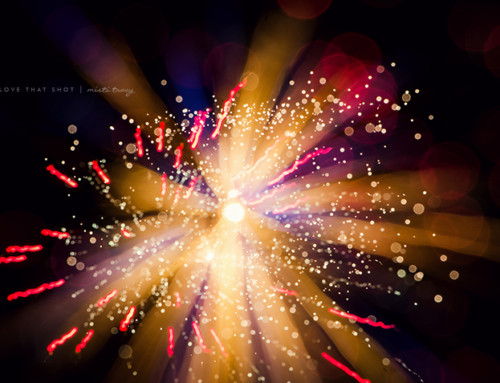
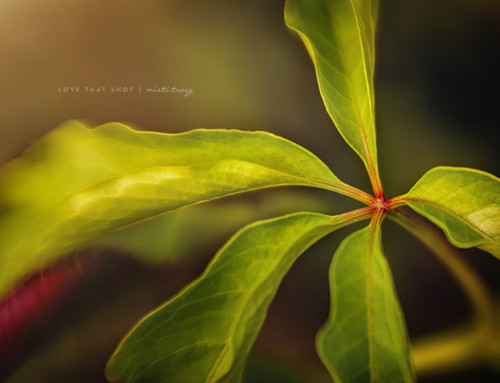
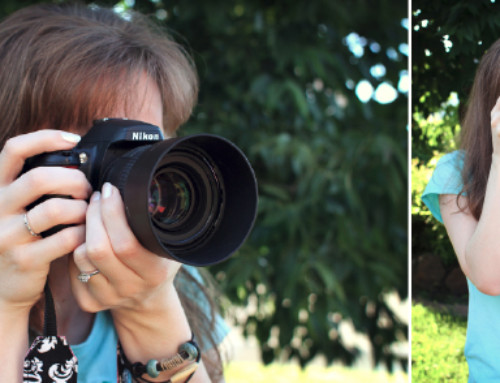
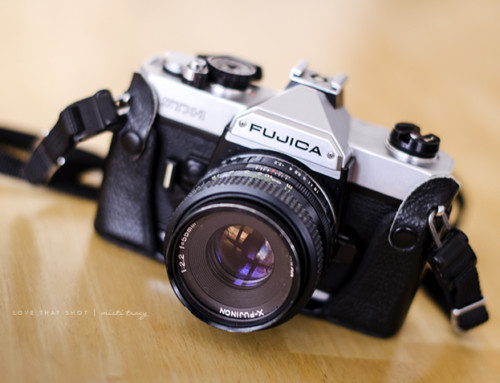
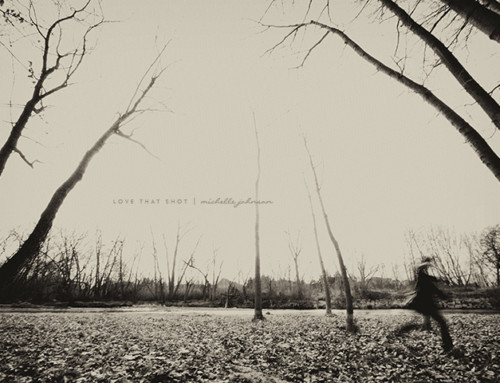
What a wonderful article! His images are so beautiful and I’m in AWE of his talent!
Thanks, Cheryl!
Wow, these photos are magnificent. I might have to try this light painting out once I get a good tripod.
Doesn’t it look so fun, Joni! Dave Black is definitely an inspiring photographer!!
These images are fantastic! So glad that you posted because I was looking into it just a couple of weeks ago. The explanations that I was looking at were much more complicated and harder to understand. This makes me want to get out and try it!
We’re so glad you enjoyed the article, Dalinda!